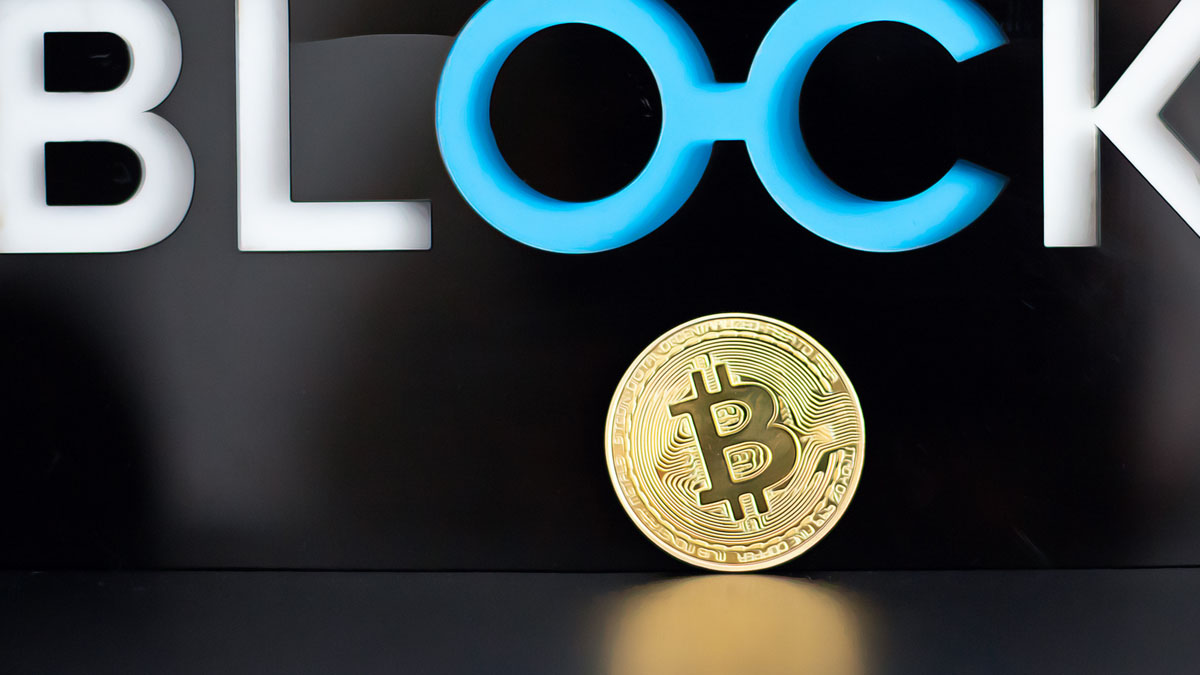Following the recent Bitcoin halving on April 20, where transaction fees peaked, a significant drop in fees was observed the next day. Data from mempool.space indicated that by April 21, the fees for medium-priority Bitcoin transactions had dropped to between $8 and $10, down from an average of $128 just the day before. This decrease came after the halving event, known for reducing the block subsidy for miners from 6.25 to 3.125 Bitcoins, which typically would increase transaction fees due to reduced supply of new Bitcoins.
Competitive Edge and Mining Insights
On the day of the halving, Bitcoin not only witnessed a drop in fees but also dominated Ethereum in total transaction fees by more than 24 times, accumulating $78.3 million. This high fee generation was most notable in the 840,000th block—mined by ViaBTC—which included 37.7 Bitcoins valued at approximately $2.4 million, marking a historic moment in the network’s 15-year history. The block, mined through the Runes protocol, attracted considerable attention from memecoin enthusiasts and unique token aficionados, rendering it a landmark in mining circles.
Mining Dynamics and Block Fee Trends
Post-halving, block fees remained high until around block 840,200, after which they normalized to about 1-2 Bitcoins. This normalization suggests that the halving’s immediate effect on block fees was temporarily counteracted by the surge in transaction fees. Meanwhile, Bitcoin’s price exhibited a modest increase of 1.5% since the halving, with no drastic impacts noted, standing at $64,840 as reported by CoinGecko.
Points to take into account
- Significant reduction in Bitcoin transaction fees post-halving, beneficial for medium-priority transactions.
- Bitcoin continues to outperform Ethereum in transaction fee generation, indicating strong competitive market presence.
- Normalization of block fees post-halving suggests a temporary surge rather than a long-term increase.
Moreover, the introduction of Ordinals and the trading of tokens and NFTs since January 2023 have provided new revenue streams for mining companies. These activities helped to offset potential earnings declines post-halving, showcasing the evolving dynamics within the Bitcoin mining industry and its capability to adapt to changes in blockchain technology and market demands.










Leave a Reply